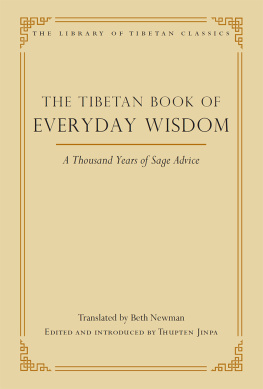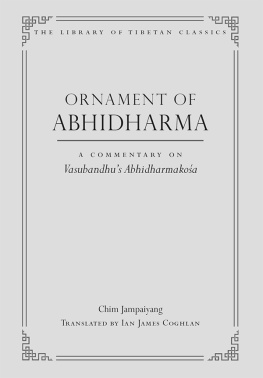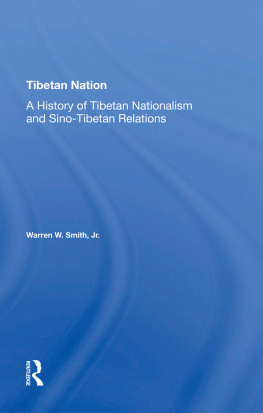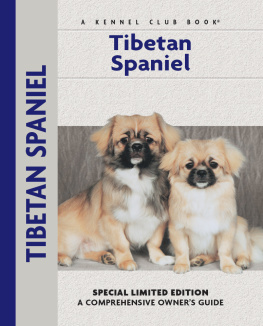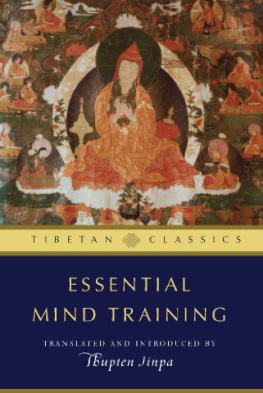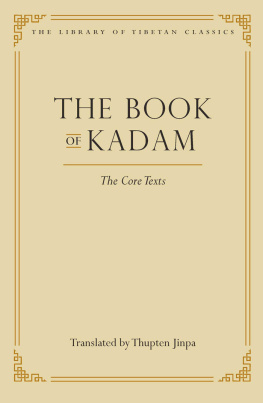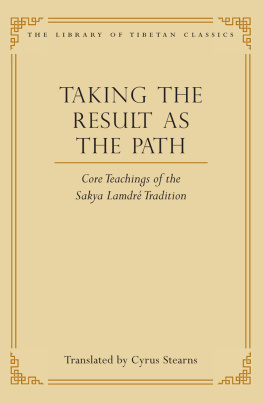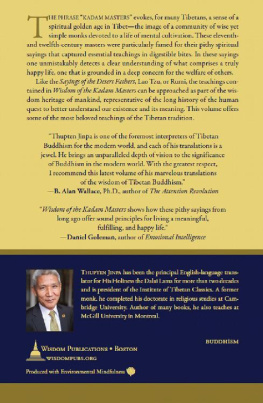The Library of Tibetan Classics is a special series developed by the Institute of Tibetan Classics aimed at making key classical Tibetan texts part of the global literary and intellectual heritage. Eventually comprising thirty-two large volumes, the collection will contain over two hundred distinct texts by more than a hundred of the best-known authors. These texts have been selected in consultation with the preeminent lineage holders of all the schools and other senior Tibetan scholars to represent the Tibetan literary tradition as a whole. The works included in the series span more than a millennium and cover the vast expanse of classical Tibetan knowledgefrom the core teachings of the specific schools to such diverse fields as ethics, philosophy, linguistics, medicine, astronomy and astrology, folklore, and historiography.
The Tibetan Book of Everdyay Wisdom: A Thousnad Years of Sage Advice includes texts from a genre of Tibetan writing known as wise sayings (leksh) containing guidance on both worldly and spiritual virtue, but the texts may be generally characterized as secular. Drawing inspiration from classical Indian wisdom literature pertaining to secular ethics and governance (ntiastra), including the folktales in The Pacatantra, the goal of the authors of these Tibetan texts is to educate young minds in the intricate ways of the world, especially by distinguishing the conduct of the wise from that of the foolish. This anthology contains Sakya Paitas celebrated thirteenth-century classic A Jewel Treasury of Wise Sayings, Pachen Snam Drakpas Ganden Wise Sayings, Gungthangs Treatise on Trees and Treatise on Water, as well as commentaries on the first two works. The volume also features Dromtnpas Garland of Essential Advice, the Fifth Dalai Lamas Pearl Garland of Advice, Kyilsur Lobsang Jinpas Treatise on Wind, and Panchen Chkyi Nyimas Treatise on Earth. Historically these works have been used for educating the wider public, especially those outside the monastery. The final work in this volume is the intriguing Khach Phalus Advice. Though ostensibly written by a wise Tibetan Muslim, this last work is widely suspected to have been authored by a Buddhist monk. This versified text enjoys great popularity within the Tibetan-speaking communities, such that most people are able to recite at least a few verses from memory.

Wisdom Publications
199 Elm Street
Somerville MA 02144 USA
www.wisdompubs.org
2018 Institute of Tibetan Classics
All rights reserved.
No part of this book may be reproduced in any form or by any means, electronic or mechanical, including photography, recording, or by any information storage and retrieval system or technologies now known or later developed, without permission in writing from the publisher.
Library of Congress Cataloging-in-Publication Data
Names: Newman, Beth, translator. | Thupten Jinpa, writer of introduction.
Title: The Tibetan book of everyday wisdom: a thousand years of sage advice / translated by Beth Newman; introduced by Thupten Jinpa.
Other titles: Legs bshad lugs kyi bslab byai dpe tshogs. English.
Description: Somerville, MA: Wisdom Publications, 2017. | Series: The library of Tibetan classics; Volume 27 | Includes bibliographical references and index. |
Identifiers: LCCN 2017026925 (print) | LCCN 2017039139 (ebook) | ISBN 9781614295136 (ebook) | ISBN 1614295131 (ebook) | ISBN 9780861714667 (hard cover: alk. paper) | ISBN 0861714660 (hard cover: alk. paper)
Subjects: LCSH: Didactic poetry, TibetanTranslations into Tibetan. | Spiritual lifeBuddhism.
Classification: LCC PL3735 (ebook) | LCC PL3735 .L4613 2017 (print) | DDC 895/.410080382943dc23
LC record available at https://lccn.loc.gov/2017026925
ISBN 978-0-86171-466-7 ebook ISBN 978-1-61429-513-6
23 22 21 20 19 18
5 4 3 2 1
Cover and interior design by Gopa&Ted2.
Message from the Dalai Lama
THE LAST TWO MILLENNIA witnessed a tremendous proliferation of cultural and literary development in Tibet, the Land of Snows. Moreover, owing to the inestimable contributions made by Tibets early spiritual kings, numerous Tibetan translators, and many great Indian paitas over a period of so many centuries, the teachings of the Buddha and the scholastic tradition of ancient Indias Nland monastic university became firmly rooted in Tibet. As evidenced from the historical writings, this flowering of Buddhist tradition in the country brought about the fulfillment of the deep spiritual aspirations of countless sentient beings. In particular, it contributed to the inner peace and tranquility of the peoples of Tibet, Outer Mongoliaa country historically suffused with Tibetan Buddhism and its culturethe Tuva and Kalmuk regions in present-day Russia, the outer regions of mainland China, and the entire trans-Himalayan areas on the southern side, including Bhutan, Sikkim, Ladakh, Kinnaur, and Spiti. Today this tradition of Buddhism has the potential to make significant contributions to the welfare of the entire human family. I have no doubt that, when combined with the methods and insights of modern science, the Tibetan Buddhist cultural heritage and knowledge will help foster a more enlightened and compassionate human society, a humanity that is at peace with itself, with fellow sentient beings, and with the natural world at large.
It is for this reason I am delighted that the Institute of Tibetan Classics in Montreal, Canada, is compiling a thirty-two-volume series containing the works of many great Tibetan teachers, philosophers, scholars, and practitioners representing all major Tibetan schools and traditions. These important writings will be critically edited and annotated and will then be published in modern book format in a reference collection called The Library of Tibetan Classics, the translations into other major languages to follow later. While expressing my heartfelt commendation for this noble project, I pray and hope that The Library of Tibetan Classics will not only make these important Tibetan treatises accessible to scholars of Tibetan studies but will also create a new opportunity for younger Tibetans to study and take interest in their own rich and profound culture. It is my sincere hope that through the series translations into other languages, millions of fellow citizens of the wider human family will also be able to share in the joy of engaging with Tibets classical literary heritage, textual riches that have been such a great source of joy and inspiration to me personally for so long.
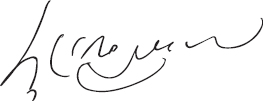
The Dalai Lama
The Buddhist monk Tenzin Gyatso
Special Acknowledgments
THE INSTITUTE OF TIBETAN Classics expresses its deep gratitude to the Ing Foundation for its generous support of the entire cost of translating this important volume. The Ing Foundations long-standing patronage of the Institute of Tibetan Classics has enabled the institute to support the translation of multiple volumes from The Library of Tibetan Classics. We are deeply grateful to the foundation for offering us the opportunity to share many of the important texts of the Tibetan tradition with wider international readership, making these works truly part of the global literary, knowledge, and spiritual heritage.
We also thank the Scully Peretsman Foundation for its generous support of the work of the Institutes chief editor, Dr. Thupten Jinpa, enabling him to contribute a major essay as the introduction to this volume.
Next page
